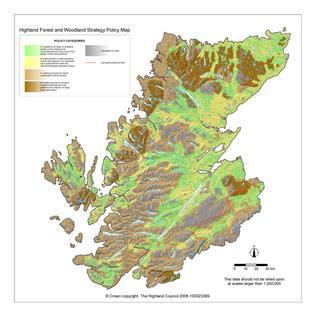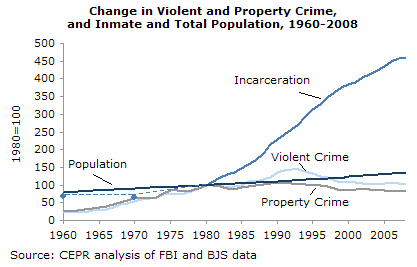 It looks like the strategy I recommended
to the Foxborough opponents to McDonalds worked:
go to the County Commission work session and you may get in the newspaper.
Kay Harris writes in the VDT about
Issues with development,
Neighborhood upset about commercial encroachment:
It looks like the strategy I recommended
to the Foxborough opponents to McDonalds worked:
go to the County Commission work session and you may get in the newspaper.
Kay Harris writes in the VDT about
Issues with development,
Neighborhood upset about commercial encroachment:
According to Vince Schneider, the spokesman for the residents, the majority of the neighborhood is opposed to the possibility of a McDonald’s restaurant openin g there. The property is currently listed with Lowndes County as owned by First State Bank, but the county engineer, Mike Fletcher, confirmed Monday at the Lo wndes County Board of Commissioners work session that he has received a plat fo r the proposed development.Many of the residents only found out aboout the proposed McDonalds from a cryptic mention by Kay Harris in the VDT a few weeks ago. Naturally, the VDT ends the current story on a note of finality: Continue readingSchneider appeared before commissioners at the work session to request they rec onsider the commercial zoning in the area.









